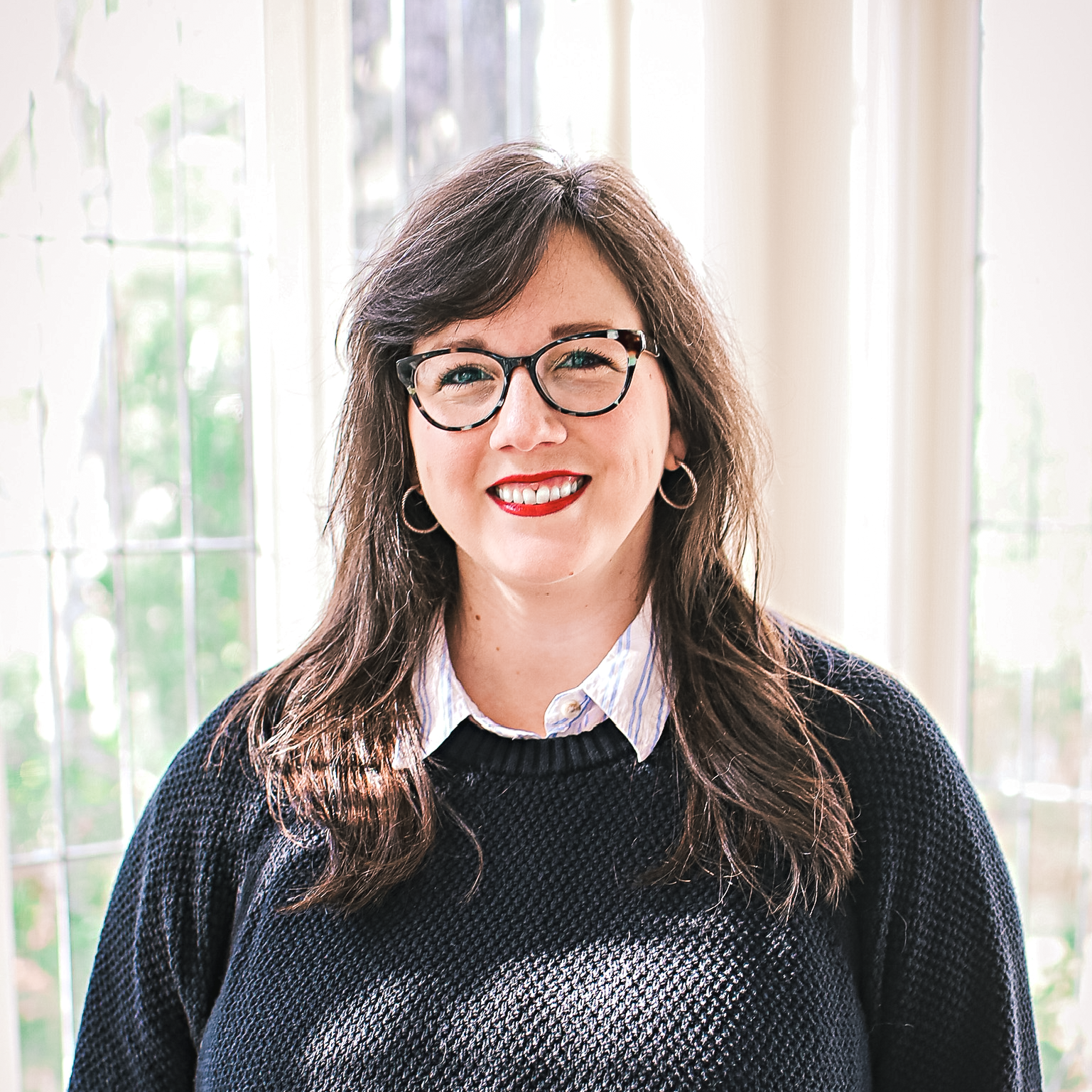Keep Watch
Jack Minette appeared to feel the anxiety of any high-achieving high school senior. At Christ Church Macon, he was an acolyte, a thurifer, and active in the youth group. At Stratford Academy, he played lacrosse and served on student government. He worked part-time and wanted to take even more advanced placement classes.
But the morning after All Saints’ Day 2021, right before his 18th birthday, Jack was gone. His death by suicide still rocks his family and friends. What could anyone have done to keep this 17-year-old alive? How can we support people around us today who struggle to find a reason to stay alive?
But the people, kids, adults and leaders in his life didn’t have the tools they need to watch out for Jack. Jack was the one who absorbed everyone else’s problems. Today, Keep/Watch gives anyone those tools and permission to go to someone’s parents and say, ‘You know what? I’m worried about Jack.’”
Co-written by Holle Tubbs, Youth Missioner for The Episcopal Diocese of Atlanta, with support from the diocese and Minette family, Keep/Watch: Suicide, Christ, and Community debuted in 2021 and is available on Amazon. It is a workbook resource and a training curriculum for faith-based organizations provided by The Diocese of Atlanta.

Holle Tubbs, Youth Missioner for The Episcopal Diocese of Atlanta and co-writer of Keep/Watch.

Mary Chase Mize, PhD, suicide prevention researcher and co-writer of Keep/Watch.
Keep/Watch draws on peer-reviewed studies, Scripture, The Book of Common Prayer, personal experiences and the interpersonal theory of suicide.
“It’s countercultural work, because we live in a culture of productivity,” Tubbs said. “Our goalposts are set by what we are making, and you can’t fall off the assembly line. Keep/Watch is a resource that reminds us that we are here to be with other people, which might sound like a kindergarten thing, but it’s a revolutionary, lifesaving thing. We can move the goalposts to where Jesus is.”
Jack was one of 48,000 people who died by suicide in 2021, and the more than 50,000 suicide deaths in 2023 are the highest on record. Keep/Watch co-author Mary Chase Mize, PhD, a suicide prevention researcher who attends The Cathedral of St. Philip, points out more chilling statistics: Suicide is the second leading cause of death among children aged 10 to 14 and third leading cause of death among teens and young adults. “Older adults, especially over the age of 85, have one of the highest rates of suicide completion,” added Mize, a licensed professional counselor and assistant professor of clinical mental health counseling at Agnes Scott College.
Less than a year after Jack’s death, Christ Church Macon Director of Youth and Children’s Ministries Steve Ayers died by suicide. In 2020, so did The Rev. Melissa L. Kean, Associate Rector at St. Peter’s Episcopal Church in Rome. The yearly rate of suicide in Georgia (14 per 100,000 people) predicts that in the Atlanta diocese of 56,000 members, seven people will die of suicide each year.
“Because we’ve been having a full conversation about suicide at the the intersection of faith and mental health, it’s high time that we actually develop an evidence-based resource that can help lots of people around Middle Georgia, North Georgia and beyond,” said Bishop Wright. This is personal: his wife Beth-Sarah has written several related books, including 10 Things I Wish I Knew About Depression Before It Almost Took My Life.
BELONGING NOT BURDENING
Keep/Watch refers to Mark chapter 14, when Jesus’s friends tuned out his suffering, fell asleep and didn’t know what to say when he reappeared in distress. The title echoes a Compline prayer: “Keep watch, dear Lord, with those who work, or watch, or weep this night.”
Exhaustion, anxiety, weeping and suffering can fuel the desire to die by suicide. But there are three specific reasons, according to the interpersonal theory of suicide: the feeling like you don’t belong; a perception that you’re a burden to others; and the capacity to attempt and complete your own death.
“Suicide is essentially a medical issue,” Tubbs said.
“Books that I found about suicide prevention in the church were well intended, and usually about how to live with depression by overspiritualizing mental health — such as praying more or more Bible reading. I couldn’t find anything applicable that blended faith, reason and science. That lane is so meaningful to us who found a home in The Episcopal Church.”
Keep/Watch integrates best practices with roles and responsibilities of clergy, lay people and church members. Case studies describe high-risk parishioners, such as veterans with PTSD, new moms, single seniors and anyone who has lost someone to suicide. Examples of direct, caring and safe conversations include the following between a youth group volunteer and a teenager who has lost a friend to suicide.
The youth director facilitates a suicide first aid intervention and safety plan that also involves the teenager’s therapist and parents.
PRECISE VOCABULARY
The temptation to treat suicide with silence or whispering is rooted in church history, when funeral rites were denied to people who died this way. Keep/Watch points out that Jesus asked deeply personal questions about identity, fear, faith, doubt, love and more. His questions created connection, shared wisdom and planted trust – not perfectionism. Citing Jesus’s example, Keep/Watch resists stigma with direct language and communication.
Asking boldly, listening with care. Example: “died by” is more effective than saying “committed” suicide.
“We say someone ‘committed’ a crime and that’s something bad,” Tubbs said. “Whispering and stigmas keep people stuck and scared — and send the message that our God isn’t big enough to hold those things.”
Bolder vocabulary creates the first step in the VISIT suicide prevention protocol: V (visibility), I (identify the hurting), S (safe conversations), I (intercede, with resources) and T (take care of the bereaved and self).
Asking others if they are considering suicide “can be lifesaving in your congregation, especially asking from the pulpit,” Tubbs said. “It communicates that church is where we can openly talk about suicide—and we can help.”
Jack’s mother adamantly agrees: “Do you think about hurting yourself? Do you have suicidal thoughts? What causes you anxiety? Is it relationships? Is it academics? Is it work? Is it money? Is it bullying?” Laurie Minette said. “When you’ve noticed someone is struggling, anxious or depressed, you have to ask these tough questions. We didn’t think or know to ask Jack if he thought about hurting himself.”
GRIEF INTO ACTION
Julie Groce, then a member of Christ Church, organized a Keep/Watch training for the entire Middle Georgia Convocation in part to process her grief after the deaths of Minette and Ayers. She was the longtime acolyte coordinator at Christ Church, a vestry member and verger for both funerals because she was close to both Jack and Steve. “Suicide prevention is something all of us need to work on, and it’s larger than a single church,” she said.
Groce used her role as Missioner for Appleton Episcopal Ministries, which expands Episcopalian outreach through community partnerships with parishes, to encourage development of the Middle Georgia Keep/Watch team. That team is intended to help parishes large and small provide ongoing resources for safety and crisis support. When a suicide happens, a group can use the “postvention” actions from Keep/Watch to turn their loss into preventive action.
“If you don’t feel safe or you’re overly depressed, you might not necessarily share that with the person that you sit in a pew with, or even your clergy person,” Groce noted. “A convocational team allows us a bit more anonymity and freedom to say, ‘I just really need to talk.’”
A Keep/Watch congregation creates a culture of transparency, courage and safety that recognizes suicide prevention is not just one step but a range of practices. “By remaining present, calm and curious, each one of us can be a gatekeeper when it comes to suicide safety,” Tubbs and Mize wrote in Keep/Watch.
The creation of Keep/Watch meets a historic flashpoint: deaths by suicide rose 2.6 percent from 2021 to 2022, according to the CDC. Mize suggests that rise could be connected to covid stress and isolation. “Everyone’’s buffers are thinner now, including our distress tolerance. Our shields within us are worn out,” she said. “I think the impact of living in that fear, dread and isolation is going to take a long time to heal.”
Preventing suicide is showing Jesus to the world, she added: “Helping someone in their most vulnerable space is like an embodiment of the prayer that God’s will be done. Keep/Watch is equipping the church to hold the humanity of each other in the darkest, hardest place at the end of the rope. It’s sacred.”
For Tubbs, Keep/Watch offers practical ways for living out our baptismal covenant to proclaim by word and example the Good News of God and Christ. Loving our neighbor as ourselves means being their light in the darkness.
“You do belong, you’re not alone and there are resources and friends who will stay awake with you,” Tubbs said. “Suicide prevention allows us ‘with our lips’ to acknowledge the painful reality that some of us are experiencing life-changing — potentially life-ending — despair. Acknowledging reality and being a friend to those experiencing this despair is one more way we make the invisible God visible to others. This is especially powerful for anyone who thinks that God is nowhere to be found in dark places.”
Listen In
In this episode of For People, Bishop Wright has a conversation with authors Holle Tubbs and Dr. Mary Chase Mize and explores suicide causes, prevention methods, and ways that Scripture and tradition invite us to “keep watch” with people who are hurting.
